Let’s try to climb out of this hole for the safety of our employees!
As you know, I have been talking for a long time about the need to reduce the number of people being killed at work and safety statistics have shown why there’s concern.
The Bureau of Labor Statistics has reported that about 5,200 people have died at work for each of the last 10 years. With all the people working diligently in the safety business, I expect that most people would think that these numbers should be getting lower and lower, but they are not going down.
Many ideas, models, and theories have been suggested, but we are not seeing a decline in the number of people getting killed. I wonder if there may be a deep, subtle force at work. The way we look at the people in the organization and think about them could be a key.

Descriptions Are Critical
The most common label we apply to the people in organizations is “Employee.” This is a name for the contract between them and their employer. Most of us use this term to refer to anyone reporting to us in our organizations.
This may be troublesome in subtle ways because it carries a lot of baggage.
As their supervisor, one could feel you have the power to tell them what to do, to scold them, discipline them, make all sorts of demands on them, blame them for mistakes, not listen to them, even bully them. Many (uncaring and unenlightened) supervisors treat them as less than us, not as smart as us, etc. Employees can be seen as things which we can just move around (like puzzle pieces) as we please – all while being quite nice, but they can see right through this.
Most people do not like to be treated this way. All these employee-focused behaviors prevent trust from building. It blocks learning and performance from improving. We can push safety improvements very hard, but most of the time only get to compliance, which is where most organizations are stuck. Compliance does not get the organization to excellence.
Everything Changed
When I learned to think of the people as “people,” everything changed.
There were still differences in roles and responsibilities, but we are all people with similar hopes and desires as I have. They had good intelligence, knew a lot that I did not know, and wanted to make a positive difference. We all wanted to work safely, have the business succeed, and feel better about ourselves.
People do want to go home from their work shift with all their body parts intact. We were partners in this work. We treated each other with respect, told the truth, shared almost all information except personal stuff, helped each person to see the importance of their work, gave and received feedback. Bullying and harassment virtually disappeared. It was safe for us to talk together and share our ideas and thinking, to find better and safer ways to accomplish our tasks.
Partner-Centered Leadership Makes the Big Difference in Safety!
We discussed the work together to find better, safer ways to do it. People learned to make decisions to solve their own problems. More decisions were made close to the actual work. We coached each other. People self-organized within the boundaries we set together. The collective intelligence of the whole organization rose and got a lot better. Great ideas emerged from all around. Energy and excitement grew. Everything changed as we learned and grew together.
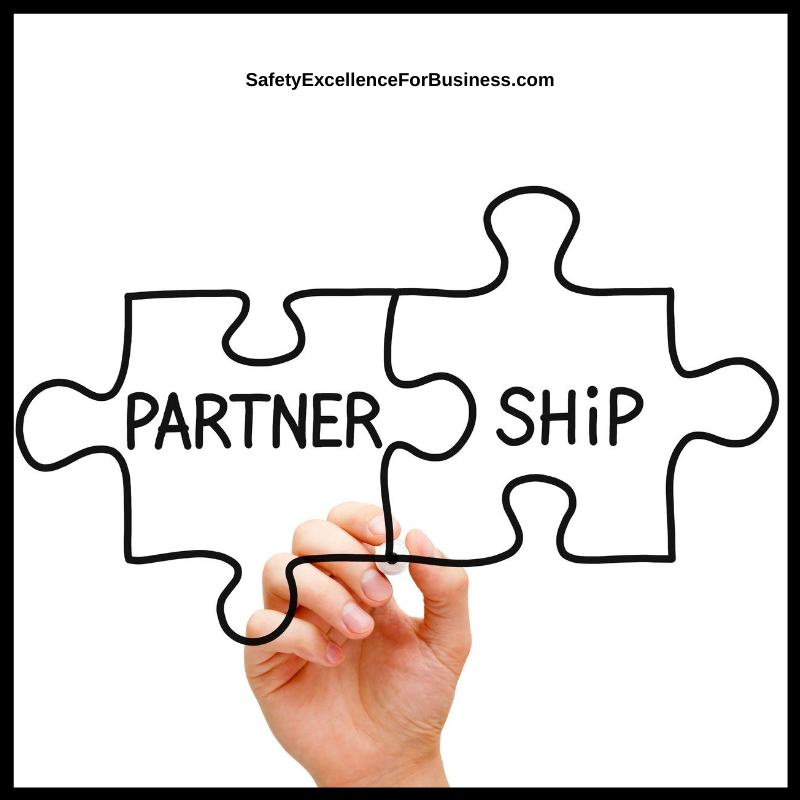
My role as plant manager became much easier as more and more people pitched in and contributed. With so many making contributions, our total performance improved with the number of injuries dropping by 97%, emissions to the air, water and earth dropping by 95% and earnings rising by 300%. We used these metrics to keep track of things, but we led the improvements by partnering.
As we (as people) learned to partner this way, all the ways we worked together changed having a positive impact on all we did. This would not have worked if we had tried to stove pipe it and just do it for safety. Everything is connected and interacts so working on the whole systems is critical.
This effort to create a better way to safely and more economically do our work was not easy.
At first, standards had to be reestablished, which was difficult. People needed to know that we were determined to improve and quit hurting people. There was a serious problem with bullies who were blocking improvements. In the first two years I had to terminate about 30 people (there were 1,300 people at the Plant) for flagrant safety and bullying problems. Things got a lot better after this first difficult period. Most people want to have a safe environment and not have to deal with bullies.
We also promoted the most qualified people as openings developed to lead different parts of our efforts. We needed the best quality of thinking and working together in order to be really successful. We wanted to be good, not just look good! We became one of the best performing plants in the DuPont Company, in just 4 years.

Conclusion
We call this way of working “Partner-Centered Leadership.” It applies to all we do. Just a simple shift in how we think about things leads to big changes in everything.
I urge all of you to think about the people as people, build relationships of respect, trust and open communications.
I would be pleased to talk with any of you about this if you would like to do that. Please call me a 716-622-6467. I live in the Eastern Time Zone; calling between 9:00 am and 4:00 pm would be best.
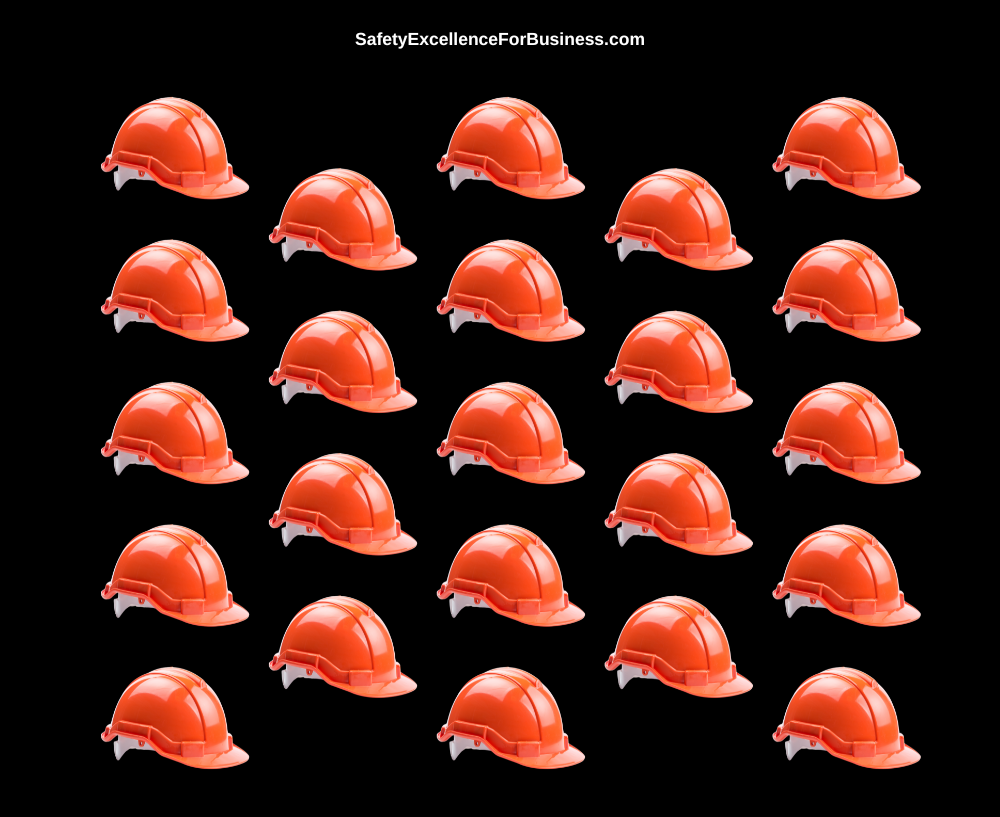

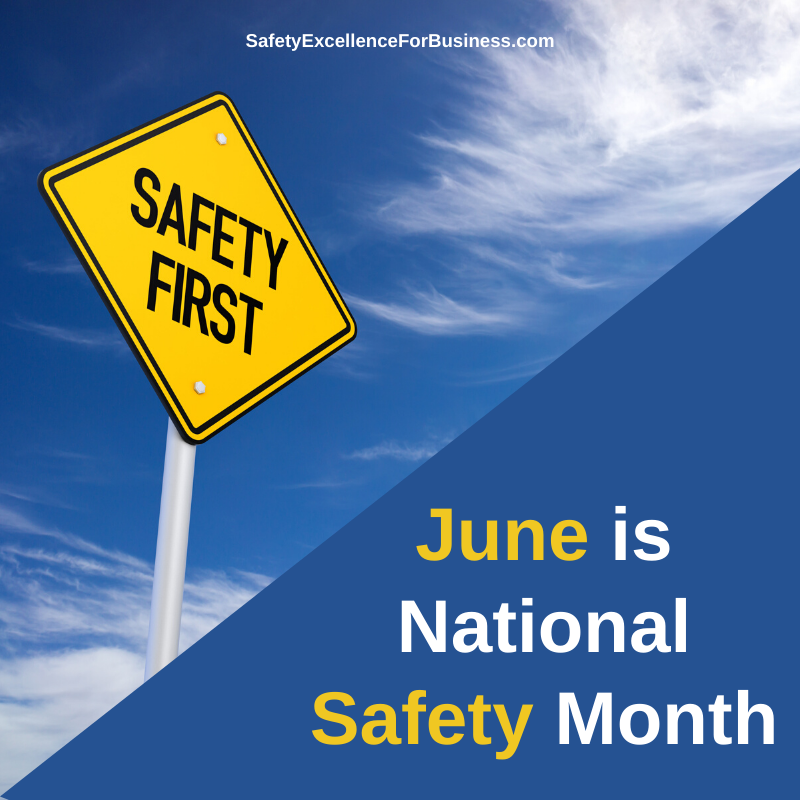 In times like this, when the business and production activities are ramping up, there is a real danger that safety problems will show up. Any time the level of activity changes, up or down, is a time of danger.
In times like this, when the business and production activities are ramping up, there is a real danger that safety problems will show up. Any time the level of activity changes, up or down, is a time of danger.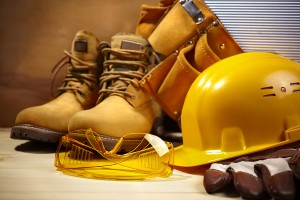 I feel we are not moving fast enough to get to higher levels of performance. Way too many people are getting hurt and killed. Safety is a part of all we are doing and the whole system needs to be making improvements.
I feel we are not moving fast enough to get to higher levels of performance. Way too many people are getting hurt and killed. Safety is a part of all we are doing and the whole system needs to be making improvements.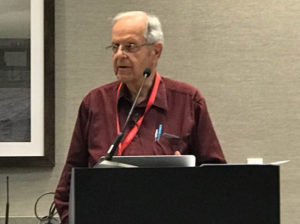 I was given the opportunity to talk about my work on Partner-Centered Leadership and shared information about the Process Enneagram, which is such a powerful tool to help people to come together to solve their complex problems. Partner-Centered Leadership is focused on sharing information, building trust and interdependence, helping everyone see the importance of their work for the success of the whole enterprise and moving into a better future. Everyone at the workshop was seeking ways to actually move into Safety II and make it happen so there was a lot of interest in this work.
I was given the opportunity to talk about my work on Partner-Centered Leadership and shared information about the Process Enneagram, which is such a powerful tool to help people to come together to solve their complex problems. Partner-Centered Leadership is focused on sharing information, building trust and interdependence, helping everyone see the importance of their work for the success of the whole enterprise and moving into a better future. Everyone at the workshop was seeking ways to actually move into Safety II and make it happen so there was a lot of interest in this work.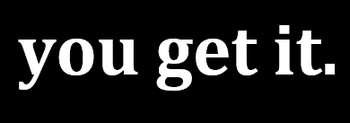 It is a new year. Businesses have compiled their 2018 safety statistics. They are looking at economics and at people. Who was hurt during this past year? What have we put in place so that those injuries won’t happen again? What are we talking about together for betterment? How did our systems contribute to our successes or to the injurie/s? What was the presence and the strength of Leadership support like around those people who were injured? Where are we most vulnerable safety-wise? How can we lead more effectively? How can we have an even safer workplace in this new year, 2019? How can we help employees to become more aware, more safety vigilant? And thus more able to return to their families at the end of the shift whole – with arms, legs, toes, fingers, eyes, ears – all intact. (Leaders, are you asking these questions?)
It is a new year. Businesses have compiled their 2018 safety statistics. They are looking at economics and at people. Who was hurt during this past year? What have we put in place so that those injuries won’t happen again? What are we talking about together for betterment? How did our systems contribute to our successes or to the injurie/s? What was the presence and the strength of Leadership support like around those people who were injured? Where are we most vulnerable safety-wise? How can we lead more effectively? How can we have an even safer workplace in this new year, 2019? How can we help employees to become more aware, more safety vigilant? And thus more able to return to their families at the end of the shift whole – with arms, legs, toes, fingers, eyes, ears – all intact. (Leaders, are you asking these questions?)
 On December 16-18, 2015, I was able to attend the Cruise Line International Association Safety Conference in Miami. The focus was on improving the safety culture and Bridge Resource Management. This is a very interesting business for me to learn about. I was there to give some perspective from the chemical industry.
On December 16-18, 2015, I was able to attend the Cruise Line International Association Safety Conference in Miami. The focus was on improving the safety culture and Bridge Resource Management. This is a very interesting business for me to learn about. I was there to give some perspective from the chemical industry. There is a big need to be sure the managers of chemical plants are qualified so that their employees and neighboring communities do not suffer the consequences of chemical releases and spills. Many manufacturing businesses that do hazardous work, aside from chemical manufacturing, should heed this thinking too.
There is a big need to be sure the managers of chemical plants are qualified so that their employees and neighboring communities do not suffer the consequences of chemical releases and spills. Many manufacturing businesses that do hazardous work, aside from chemical manufacturing, should heed this thinking too.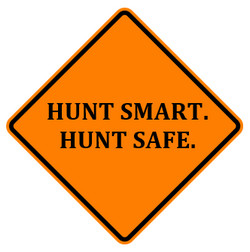 In many places, the hunting season is underway or just beginning. This is always a time of change and hazard. Some years when I was a plant manager, we would have one or two serious hunting-related, off-job injuries – like falling from a tree stand or tripping over something and breaking a leg. There is a lot of change as people go into the woods and fields looking for game. Many have not done this for a while. Others may not be fully prepared for a sharp change in the weather where a heavy rain could come in or the temperatures drop below freezing and hypothermia becomes a worry. It is often dark and visibility is poor. I have read of hunters getting killed with their own weapon when they have tripped and accidentally shot themselves. Don’t load your gun until you are ready to use it.
In many places, the hunting season is underway or just beginning. This is always a time of change and hazard. Some years when I was a plant manager, we would have one or two serious hunting-related, off-job injuries – like falling from a tree stand or tripping over something and breaking a leg. There is a lot of change as people go into the woods and fields looking for game. Many have not done this for a while. Others may not be fully prepared for a sharp change in the weather where a heavy rain could come in or the temperatures drop below freezing and hypothermia becomes a worry. It is often dark and visibility is poor. I have read of hunters getting killed with their own weapon when they have tripped and accidentally shot themselves. Don’t load your gun until you are ready to use it.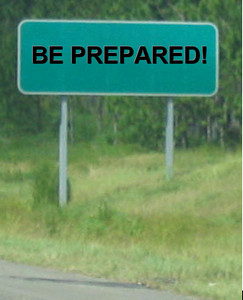 I have been talking about checklists in my previous newsletters and they can be useful as people go out hunting.
I have been talking about checklists in my previous newsletters and they can be useful as people go out hunting. I recently read of a fatal accident where a man was killed while working on a lathe. It was properly shielded and okay for the normal conditions, but the unexpected happened. The part he was working on exploded apart under the high rotating speed when he engaged the cutter. The parts from the exploding piece went right through the shield and gave him terrible, fatal wounds.
I recently read of a fatal accident where a man was killed while working on a lathe. It was properly shielded and okay for the normal conditions, but the unexpected happened. The part he was working on exploded apart under the high rotating speed when he engaged the cutter. The parts from the exploding piece went right through the shield and gave him terrible, fatal wounds. Another thing that can happen around hunting season and the holidays is the need to hire temporary people to backfill for those who are out. These people need extra care and attention, but things are often so busy that it is hard to give it to them. These people just don’t know the hazards.
Another thing that can happen around hunting season and the holidays is the need to hire temporary people to backfill for those who are out. These people need extra care and attention, but things are often so busy that it is hard to give it to them. These people just don’t know the hazards.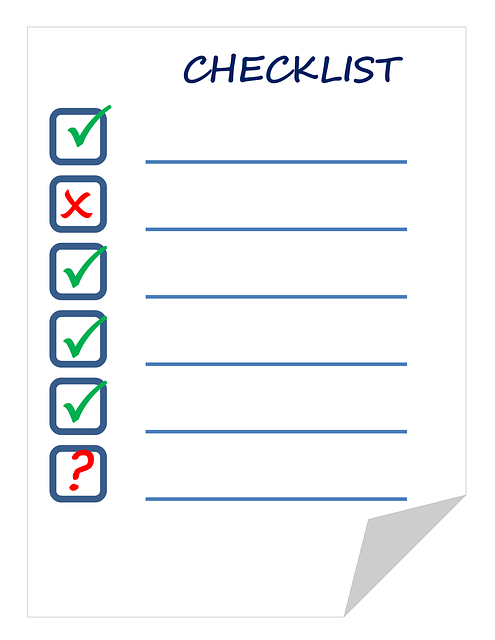 In many of my newsletters, I have talked about the importance of sharing information abundantly, building relationships of trust and interdependence, and helping people to see the importance of their own work in building the success of the whole organization.
In many of my newsletters, I have talked about the importance of sharing information abundantly, building relationships of trust and interdependence, and helping people to see the importance of their own work in building the success of the whole organization.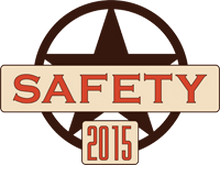 “
“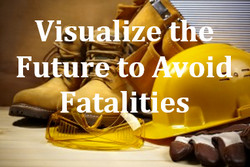 In my reading, studying and talking with many people, I have found that over half of the fatal accidents are often unanticipated and missed using our traditional approaches to accident prevention. The Heinrich Accident Triangle is very useful as we look at unsafe acts at the base of the triangle. Lots of slips, trips and falls are avoided as we do this.
In my reading, studying and talking with many people, I have found that over half of the fatal accidents are often unanticipated and missed using our traditional approaches to accident prevention. The Heinrich Accident Triangle is very useful as we look at unsafe acts at the base of the triangle. Lots of slips, trips and falls are avoided as we do this.




